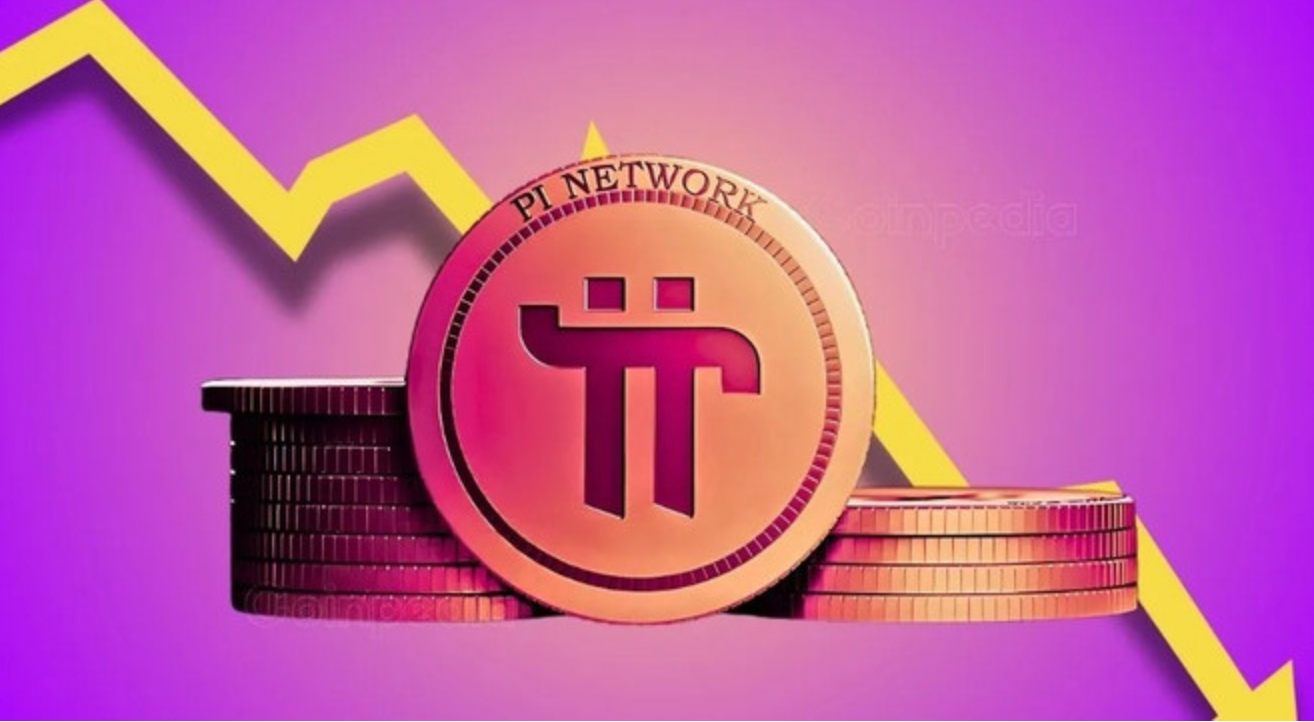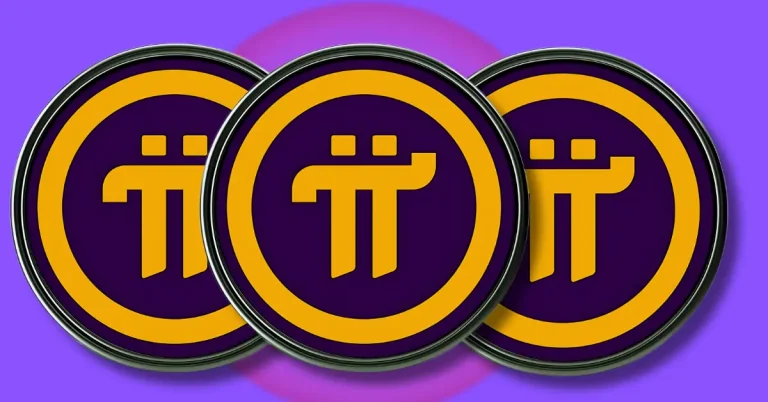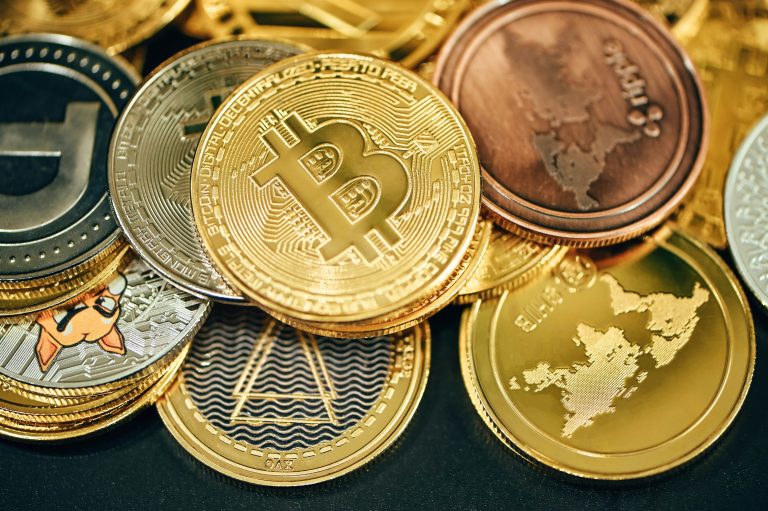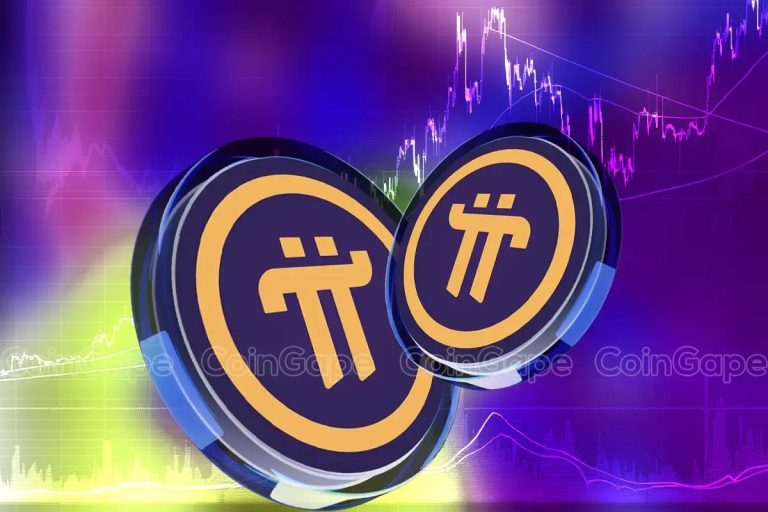Why Mine or Buy Pi Coin Before It’s Too Late
The crypto world has seen its fair share of underdog stories — Bitcoin rising from $0.01 to over $60,000, Ethereum shifting the paradigm with smart contracts, and Dogecoin turning memes into millions. Now, a new contender quietly builds momentum from the shadows: Pi Network.
With tens of millions of users globally and a unique mobile mining model, Pi has become the largest grassroots crypto project in history. Yet many still hesitate, asking: “Is it worth it?” “Is Pi even real?” or “Why should I mine Pi if I can’t sell it yet?”
This guide gives you clear, strategic reasons why you should start mining — or even buying — Pi coin now, before it’s too late.
🔥 1. Pi Network Is Still in Its Early Phase
The Pi Network is currently in its Enclosed Mainnet phase, meaning the coins exist and are transferable within the ecosystem, but not yet listed on public exchanges like Binance or Coinbase.
This is the equivalent of buying Bitcoin in 2010 — back when it was unknown and had no clear value.
Why it matters:
-
Early adopters receive higher mining rates.
-
As adoption grows, mining rewards shrink.
-
Once the Open Mainnet launches, mining will likely cease altogether or become highly restricted.
“The best time to plant a tree was 20 years ago. The second best time is now.” — Chinese Proverb
⛏️ 2. Mining Is Free — And Won’t Last Forever
One of Pi’s biggest appeals is that it lets users mine coins using their phone, without draining battery or data. You just tap a button every 24 hours — no expensive rigs, no high electricity bills.
But here’s the catch:
The mining rate halves as the user base hits key milestones (e.g., 10M, 100M users). Eventually, mining will stop altogether.
Current Status:
-
Over 50 million Pioneers (and growing).
-
Mainnet migration has begun.
-
Mining rate is already much lower than in 2019–2021.
Soon:
-
Only contributors (e.g., running a node, app developers) may continue earning.
-
Passive mining may be discontinued.
So the longer you wait, the fewer Pi coins you’ll earn — if any.
🛒 3. Buying Pi (Through Peer-to-Peer) Lets You Accumulate While It’s Still Cheap
Although Pi is not publicly traded on major exchanges yet, peer-to-peer (P2P) trades are happening daily, often on platforms like:
-
Pi barter marketplaces
-
Telegram/Discord P2P groups
-
Ecosystem apps on Pi Browser
In these platforms, people are exchanging goods and services for Pi — assigning it a value anywhere from $1 to $100 per coin, depending on region and trust.
Why buy Pi now?
-
You can accumulate more Pi before the price discovery phase.
-
When Open Mainnet launches, early holders may see exponential gains.
-
Buying from real users supports the internal circular economy.
Remember: Bitcoin had no market price in its early days. The first real-world transaction was 10,000 BTC for two pizzas.
🚀 4. Pi Is Building a Real Ecosystem — Not Just Hype
One major criticism of meme coins or vaporware projects is the lack of real-world utility. Pi Network is actively developing apps within its Pi Browser to ensure usability from day one.
Here are some current or upcoming apps in the ecosystem:
-
PiChain Mall – P2P online marketplace
-
PiCare – Health & wellness support for Pi
-
Pi Workforce Pool – Decentralized gig economy
-
Pi Games – Play-to-earn Pi games
These projects are already live for migrated users and accept Pi as currency.
What does this mean?
-
Pi has utility, not just speculative value.
-
You’ll be able to spend or earn Pi within a vibrant economy.
-
The more apps built on Pi, the stronger the coin’s value proposition becomes.
🌍 5. Pi Is a Social Currency
Unlike traditional crypto that relies heavily on mining hardware or financial investment, Pi is built on social trust and human verification. This makes it:
-
Harder to manipulate with bots.
-
More accessible to unbanked populations.
-
Easier to spread through referrals and mobile-first platforms.
In many developing countries, Pi already serves as a digital barter tool for food, clothing, and services — a powerful sign of grassroots adoption.
In Nigeria, Vietnam, India, and the Philippines, Pi coins are already buying real things.
As the network grows, so does its network value. And the stronger the network, the more useful and valuable the Pi coin becomes.
🧠 6. The Core Team Is Experienced and Transparent
Spearheaded by a team of Stanford PhDs, Pi Network isn’t some fly-by-night operation.
Core team highlights:
-
Dr. Nicolas Kokkalis – PhD in computer science (Stanford)
-
Dr. Chengdiao Fan – PhD in social computing
-
Passion for decentralization with purpose
Unlike shady meme tokens, Pi Network has:
-
A clear white paper
-
A well-documented Mainnet Roadmap
-
Frequent Core Team updates
-
A working ecosystem
The team has taken a slow, methodical approach — focusing on user base, security, and ecosystem utility before listing on exchanges.
This approach mirrors early Ethereum and Bitcoin development, not pump-and-dump coins.
⏳ 7. The Supply Is Limited — But Demand Is Growing
While billions of Pi coins have been mined, not all will circulate. Many will be:
-
Locked up due to long-term staking
-
Lost due to inactive accounts
-
Reserved for ecosystem incentives
Compare this to Bitcoin: even though 21 million exist, millions are lost forever — reducing actual supply and boosting scarcity.
As Pi moves toward Open Mainnet, it’s likely that:
-
New user onboarding will slow
-
Mining ends
-
New Pi must be bought or earned through utility
This creates a classic supply-demand squeeze — and early adopters win.
📊 8. Price Projections Show Huge Potential
No one can guarantee the future price of Pi coin, but here’s what experts and the community speculate:
| Scenario | Potential Value (2025–2026) |
|---|---|
| Conservative Use | $1–$5 |
| Ecosystem Expansion | $10–$50 |
| Exchange Listings | $100+ |
Even at $5 per coin, someone with 1,000 Pi could hold $5,000 in future value — all for mining a few minutes a day.
🛑 What If You Wait?
If you wait until:
-
Mining ends
-
KYC slots are full
-
Exchange listings go live
- you can as well refer to this cryptocurrency blog for updates.
You’ll have missed the phase where Pi is easy to get.
At that point, your only option will be to buy Pi at market price — possibly 10x or 100x higher than it is now in peer-to-peer circles.
It’s like watching Bitcoin in 2011 and saying,
“I’ll wait until it hits $1,000 before I get in.”
🛠️ How to Start Mining or Buying Pi Now
🧾 Step-by-Step: Mining Pi
-
Download the Pi Network app (iOS/Android)
-
Use an invite code (you need one — ask around)
-
Tap the ⚡ button once every 24 hours
-
Set up KYC and Pi Wallet for Mainnet migration
-
Earn passively and refer others
🛒 Step-by-Step: Buying Pi via P2P
-
Join a local Pi trading group (Telegram/Discord)
-
Use escrow to avoid scams
-
Exchange goods/services or stablecoins for Pi
-
Only trade with migrated Mainnet users
-
Never share private wallet keys
⚠️ Final Warning: Don’t Wait for the Headlines
When Pi finally lists on a major exchange, the world will flood in — but the gold rush will already be over for those who hesitated.
You have a window — a narrow one — to mine, buy, and build with Pi before the world catches up. Don’t wait for headlines. Don’t wait for influencers. Be early. Be wise.
“Wealth is built in silence. The world hears about it only when it’s too late.”
🧭 Final Thoughts: The Time to Act Is Now
You’re not just investing in a coin — you’re joining a movement.
Whether you’re mining Pi for free or buying it through peer trades, the opportunity is still open. But it won’t stay that way forever.
-
✅ It’s free to start.
-
✅ You can stop anytime.
-
✅ There’s nothing to lose… and everything to gain.
So mine Pi. Earn Pi. Trade Pi. Before it’s too late.





